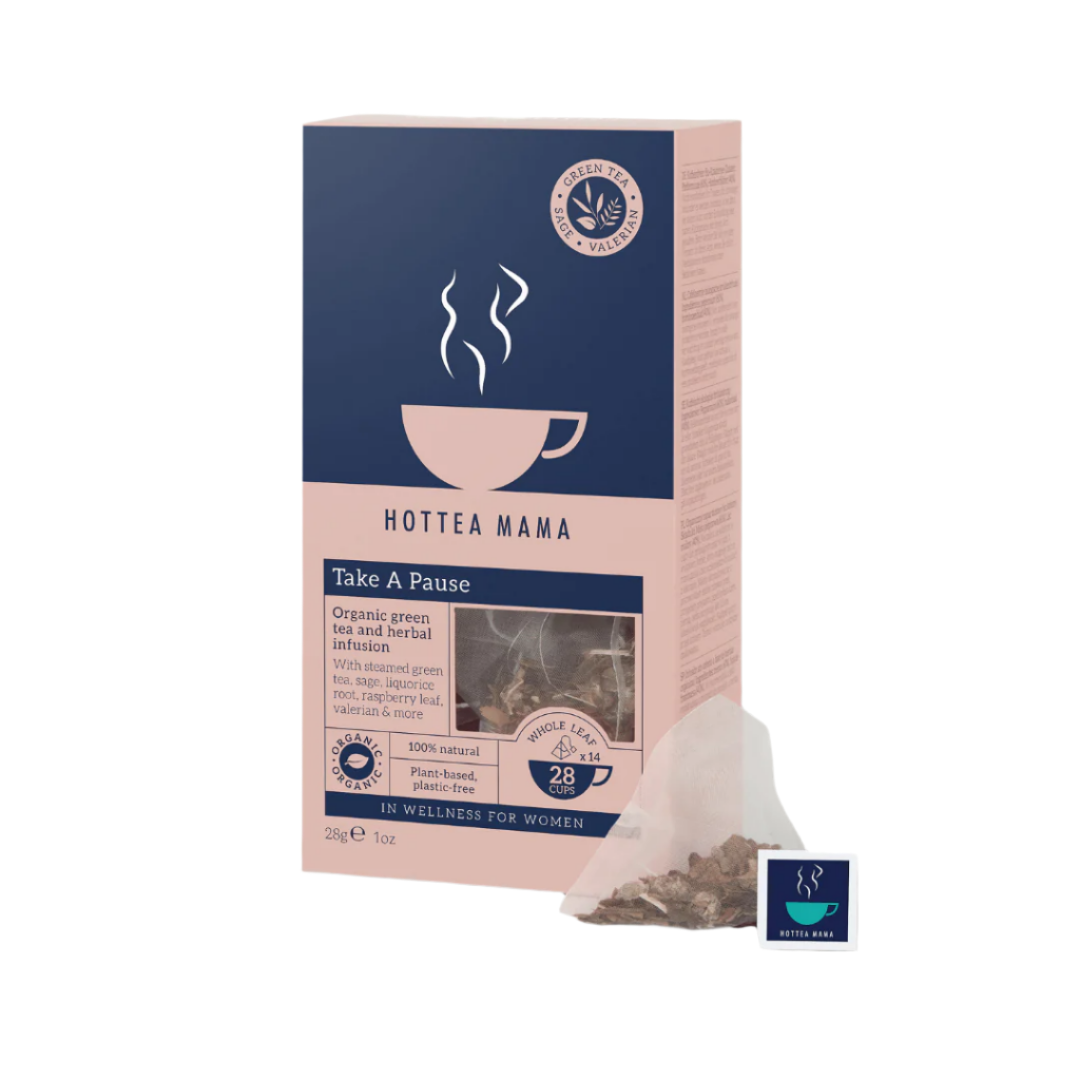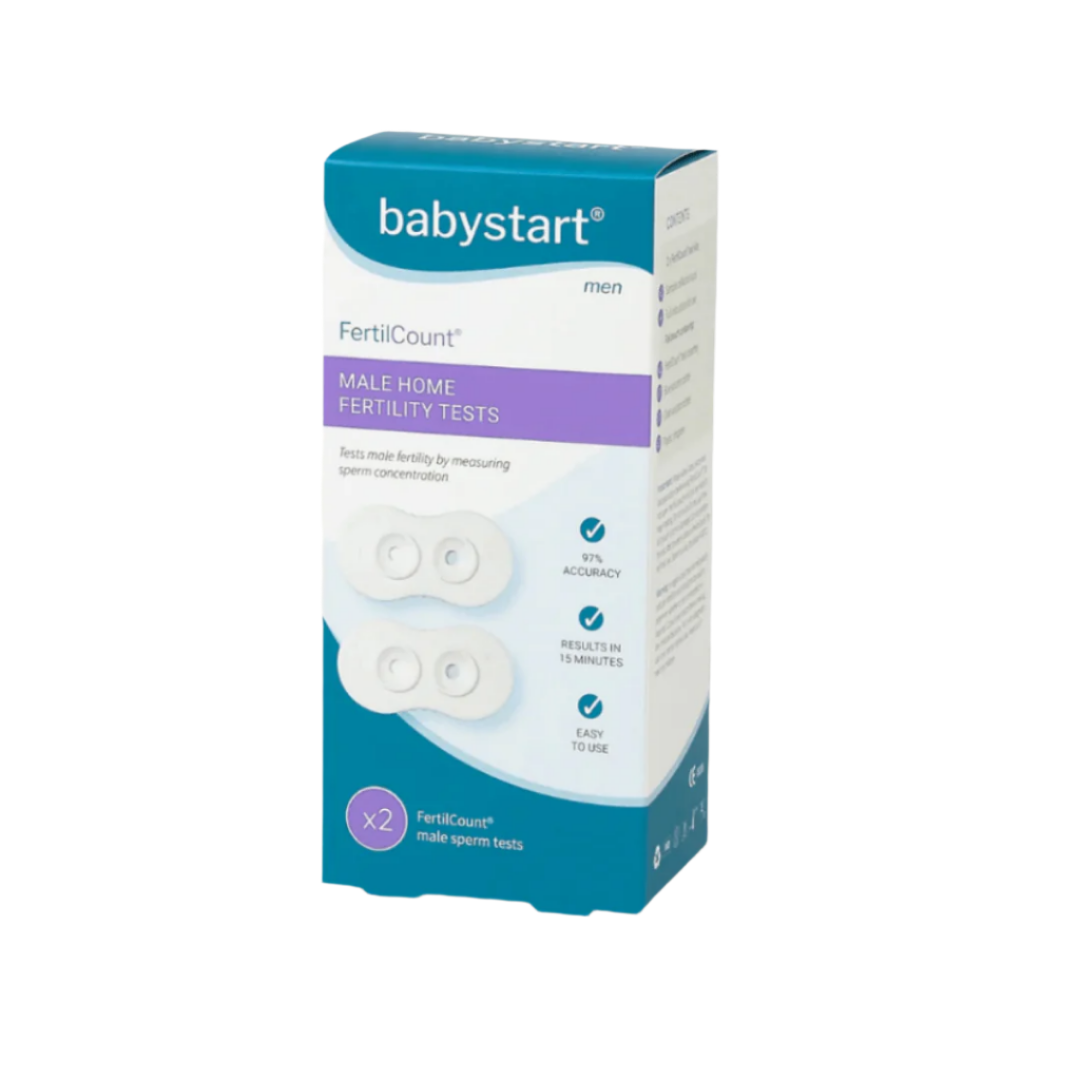When you’re trying to conceive , you expect it to take a few months. But when those months stretch into a year—or even longer—it can feel like a mix of frustration, self-doubt, and endless questions. In the UK, you usually need to wait two years before being referred for fertility investigations if you’re under 35. That’s a long time to feel in the dark about what’s happening in your body.
This is where cycle tracking tools like Tempdrop come in. They don’t promise instant results or magic fixes, but they give you something equally important: clarity. By helping you confirm ovulation, understand your cycle, and recognise your fertile window, Tempdrop can make the difficult process of trying to conceive a little less overwhelming.
Why cycle tracking matters when you're trying to conceive
Most people are told the basics: have unprotected sex regularly when you're trying to conceive and you’ll get pregnant within a year. For many, that’s true. But when it doesn’t happen, it’s natural to start wondering: Am I ovulating? Are my cycles regular? Is there something I’m missing?
That’s why cycle tracking is so valuable when you’re trying to conceive. It doesn’t just help you know when to have sex; it also gives you reassurance that your body is doing what it’s supposed to do, or early clues if it’s not.
With a tool like Tempdrop, you can:
Confirm that ovulation is happening each month
Identify your actual fertile window (not just the textbook version)
Notice irregularities that might be worth mentioning to your doctor later
Feel more in control during the waiting period
The Challenge of the Two-Year Wait
In the UK, if you’re under 35, you’re usually advised to keep trying to conceive naturally for two years before getting a referral for fertility testing. For those over 35, the timeframe is shorter (usually 12 months). But either way, it can feel like a long time to wait when month after month goes by without a positive test.
During this time, cycle tracking with Tempdrop can give you peace of mind. You’ll know whether ovulation is happening regularly, and if it’s not, you’ll have reliable data to bring to your GP sooner rather than later.
Even if everything looks normal, Tempdrop offers reassurance when you're trying to conceive: you’re not “missing” your fertile days, and you’re giving yourself the best chance possible.
How Tempdrop Works for People Trying to Conceive
Traditional basal body temperature (BBT) tracking can be tricky when you're trying to conceive. You’re supposed to take your temperature every morning at the same time, before getting out of bed, and log it manually. That’s tough if you’re working shifts, travelling, or just want a lie-in.
Tempdrop makes it easier. You wear it on your arm overnight, and it automatically records your temperature while you sleep. The app smooths out any variations caused by restless nights or inconsistent wake-up times, giving you a clear chart of your cycle.
For people trying to conceive , that means:
No stressful morning routines
Reliable confirmation of ovulation
A bigger, clearer picture of how your cycles are working

Tracking Ovulation with Tempdrop When Trying to Conceive
When ovulation occurs, progesterone rises and your body temperature shifts slightly. Tempdrop picks up this change, showing you whether ovulation happened and when. This is crucial when you’re trying to conceive , because it confirms whether you’ve actually had a fertile cycle.
Over time, you’ll start to see patterns:
How long your luteal phase (time between ovulation and your next period) lasts
Whether your cycles are consistent or irregular
Which days of the month you’re most fertile
This kind of knowledge can make all the difference in how you approach trying to conceive .
What if You're Not Ovulating Regularly
One of the most stressful parts of trying to conceive is not knowing whether there’s a problem. With Tempdrop , you can spot if ovulation isn’t happening regularly—or at all. That doesn’t mean you won’t get pregnant naturally, but it’s useful information for your own peace of mind.
And if you do eventually reach the point where you’re referred for fertility support, having months (or years) of tracked cycles can help your doctor understand your situation faster. Instead of starting from scratch, you’ll already have valuable data to share.
Emotional Support while Trying to Conceive
Let’s be honest: the emotional side of trying to conceive is often harder than the physical side. Each month can feel like a cycle of hope, disappointment, and pressure. Having tools like Tempdrop doesn’t erase those feelings, but it can give you back a sense of agency.
By knowing what your body is doing, you avoid the endless “what ifs.” You can feel confident that you’re identifying your fertile window accurately, even if it takes time to see that positive test.
Practical Tips for using Tempdrop While Trying to Conceive
Be consistent – Wear your Tempdrop every night for the most reliable data.
Track other signs too – Cervical mucus and cycle length are useful alongside your temperature data.
Be patient – It may take a few months of data before patterns emerge.
Share your charts if needed – If you eventually see a doctor, your Tempdrop records can provide a helpful starting point.
The Bottom Line
If you’re in the early months of trying to conceive —or even if you’re approaching the two-year wait for fertility support—using a tool like Tempdrop can help you feel less powerless.
It won’t guarantee pregnancy, but it will give you the knowledge, reassurance, and confidence that you’re doing everything you can during this chapter. And sometimes, that clarity is exactly what you need to keep going.
Because when it comes to fertility, knowledge really is power—and Tempdrop gives you exactly that.










